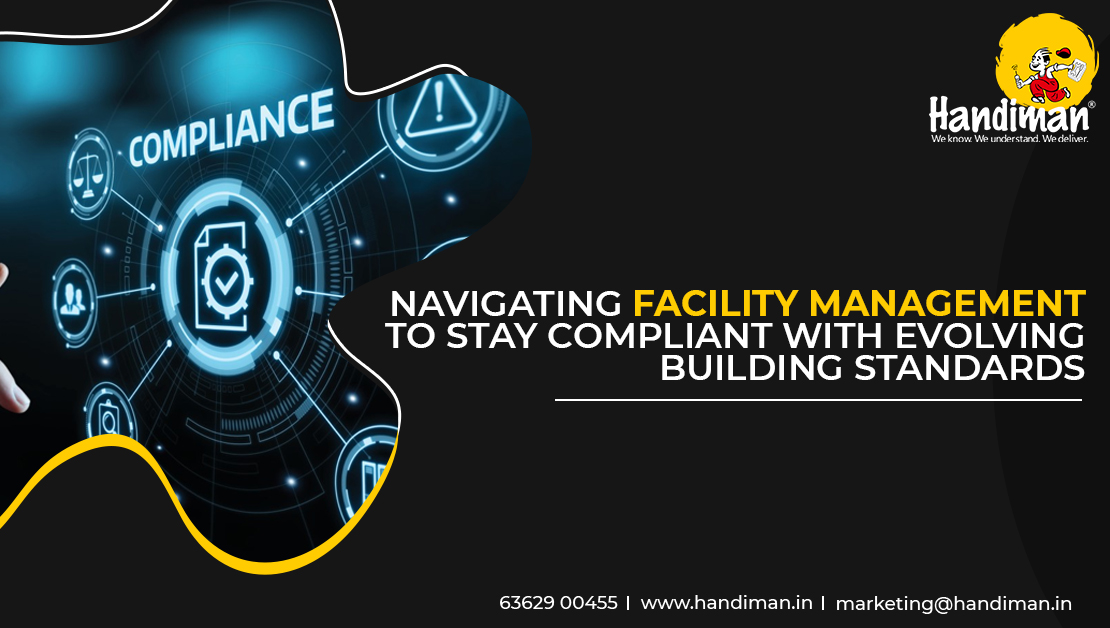
Navigating Facility Management to Stay Compliant with Evolving Building Standards
Certainly! Keeping abreast of changes in building codes, safety regulations, and environmental standards is crucial for effective facility management. By keeping themselves updated, site managers may improve safety, guarantee compliance, and support sustainable environmental practices.
Here are a few crucial areas to concentrate on:
1. Building Standards:
- Regularly monitor updates to local, state, and national building codes. Changes may include new construction standards, occupancy requirements, and safety measures.
- Stay informed about alterations in zoning regulations, as they can impact facility layout and design.
2. Safety Regulations:
- Keep track of changes in safety regulations, especially those related to fire safety, emergency exits, and hazardous materials handling.
- Check that the facility complies with the most recent rules issued by the Occupational Safety and Health Administration (OSHA), especially those concerning the health and safety of its employees.
3. Environmental Standards:
- Stay informed about environmental regulations, such as those governing waste disposal, energy efficiency, and emissions.
- A green building certification or standard, like LEED (Leadership in Energy and Environmental Design), could be implemented to promote sustainability.
4. Accessibility Standards:
- Recognize the standards for accessibility, such as those set forth in the Americans with Disabilities Act (ADA). Ensure that facilities are designed and maintained to accommodate individuals with disabilities.
5. Energy Codes and Efficiency Standards:
- Stay updated on energy codes to implement energy-efficient practices. To lessen the impact on the environment and operating expenses, this includes utilizing energy-efficient HVAC systems, lighting, and insulation.
6. Technology Integration:
- Embrace technology to facilitate compliance monitoring. Utilize building management systems (BMS) and automated solutions to ensure that the facility meets evolving standards.
7. Employee Training:
- Conduct regular training sessions for facility management and staff to educate them about new regulations and standards. This guarantees that everyone knows what their roles are and how to continue being compliant.
8. Documentation and Record Keeping:
- Make sure you have detailed documentation of all compliance attempts, inspections, and corrective actions taken.
9. Networking and Industry Associations:
- Maintain relationships with peers and experts by being involved in industry associations, going to conferences, and participating in forums. Networking provides insights into emerging trends and changes in regulations.
10. Continuous Improvement:
- Encourage the facilities management team to have a culture of continual improvement. Maintain up-to-date policies and procedures by reviewing and updating them often to comply with new codes and standards
By proactively staying informed and adapting to changes in building codes, safety regulations, and environmental standards, facility managers can create safer, more efficient, and environmentally friendly spaces for occupants. Achieving and sustaining compliance depends critically on networking, technological integration, and regular training.
